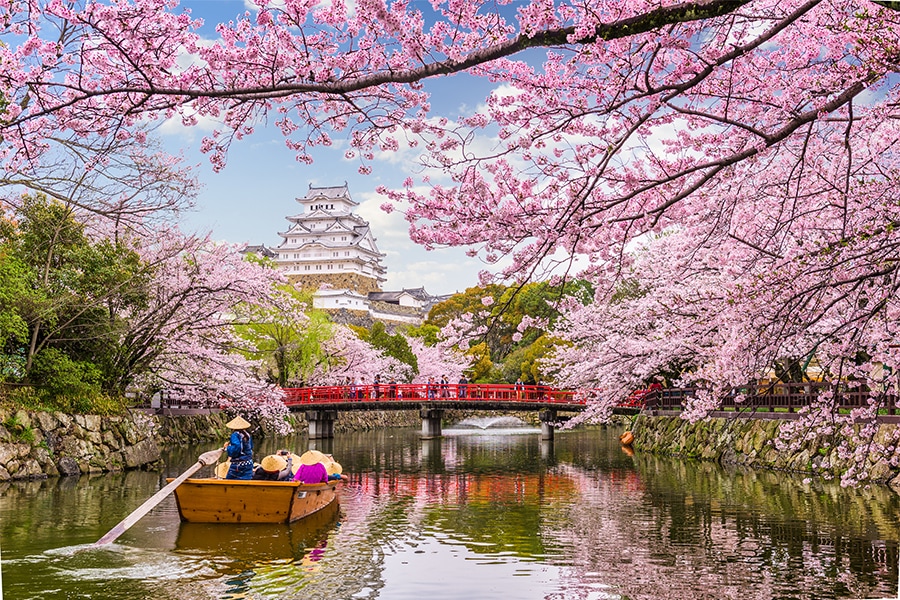
Prettier than pink: The push to diversify Japan's cherry blossom season
Hideaki Tanaka, an expert on sakura—Japanese for cherry blossoms—is trying to popularise other strains of the tree to curb infections and help with better urban planning
 Japan's famed cherry blossom season blankets the country in the delicate white flowers of the prized and popular "somei-yoshino" tree, delighting residents and visitors alike Image: Shutterstock
Japan's famed cherry blossom season blankets the country in the delicate white flowers of the prized and popular "somei-yoshino" tree, delighting residents and visitors alike Image: Shutterstock
Japan's famed cherry blossom season blankets the country in the delicate white flowers of the prized and popular "somei-yoshino" tree, delighting residents and visitors alike. But some want change.
The season produces a nationwide frenzy, as forecasters compete to declare when full bloom will arrive, and Japanese unfurl picnic blankets for sometimes raucous flower-viewing parties—at least in pre-pandemic times.
The blooms of the ubiquitous somei-yoshino strain, which accounts for more than 90 percent of the cherry trees planted in Japan, last only around a week and tend to emerge simultaneously in a given region because the trees are clones of a single specimen.
And while the tree has become synonymous with blossom season, it is a growing headache for city planners because the strain is prone to disease and tends to grow too large to be well managed in urban settings.
"It's all about planting the right flora in the right place," says Hideaki Tanaka, an expert on sakura—Japanese for cherry blossoms—who is trying to popularise other strains.







